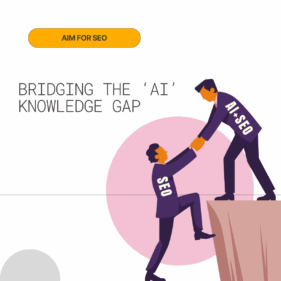The lifecycle of SEO revolves around its three core elements. This is a holistic approach to drive substantial growth in the long run.
On-page SEO.
Off-page SEO.
Technical SEO.
On-page SEO
The efforts you put on your own website to improve the user experience is called on-page SEO. It is the first impression to the outside world.
Every page has something unique to offer. Optimizing each page for its visibility in search engines comes under on-page SEO.
It involve multiple factors:
Site structure
Content structure
Keywords
Internal linking
UX design
Image alt text
Meta data
It tells about who you are and what you have to offer.
Off-page SEO
All the efforts made outside your website to drive traffic is called off-page SEO.
It’s a constant effort to bring your content into limelight – by adding value, showcasing authority, and contributing to the community.
Here are some best practices for off-page SEO:
Back-links from relevant websites
Driving traffic from social media
Guest blogging
Local SEO citations
Reviews and ratings
Brand mentions
Participation in forums
It increases brand awareness and visibility on external platforms.
Technical SEO
It is like protecting your both (on-page and off-page) SEO efforts. One technical error in back-end will prevent the pages from appearing in search results.
It brings down all the organic traffic drastically and reduces the ranking in search results. It’s a signal for bad user experience and it damages site’s reputation.
Here are some key considerations to avoid technical SEO issues:
Crawlability and Indexing
Mobile-friendliness
Site speed
URL structure
Page redirects
Canonical tags
HTTPS
Technical SEO is like an everyday health check up of your website’s infrastructure to identify and fix the issues immediately.
Explore the full Beginner’s SEO Guide – the fundamentals you need to start SEO in the age of AI.

